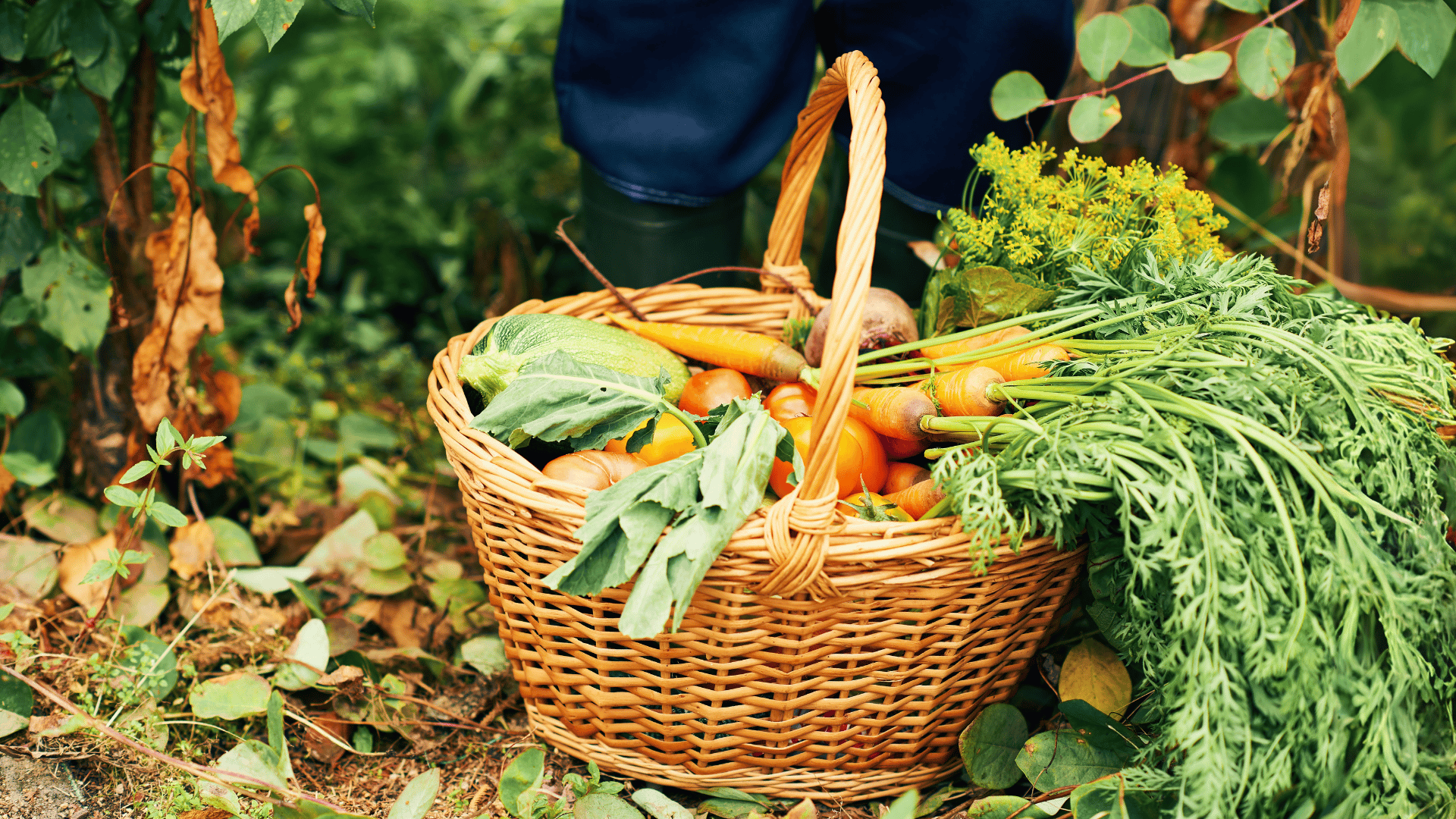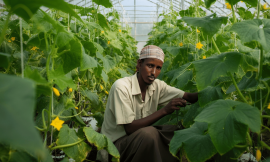Editor’s Note: Global food systems are significant contributors to greenhouse gas emissions, accounting for roughly a third of the total. This, coupled with unequal access to nutrition, highlights a complex issue demanding comprehensive solutions. Could degrowth, an alternative framework shifting focus from maximising output to meeting human and ecological needs, drive a sustainable solution, reshaping our approach to food production, nutrition needs and protecting the planet?
Growth is central to agriculture. Growth of crops from seed to harvest. Growth of livestock from birth to maturity. This biophysical growth is cyclical, repeating over seasons and years. But what about the growth of the global economy? Conventional economic development is closely linked to increasing environmental impact, and green technology is important but insufficient alone to bring us back to an environmentally safe space. Meanwhile, economic growth has helped to contribute to improving living standards for millions, but not everyone has benefited equally, with continued income and wealth inequality within and between countries.
Understanding degrowth
Degrowth envisions a different world that better aligns economic activities with people’s fundamental needs, doing so in a way that both reduces environmental pressures and delivers a fair distribution of benefits.
Take the example of high-net-worth individuals. They generally have very high levels of conspicuous, or luxury, consumption – think private jets and superyachts. This type of consumption is incredibly emissions-intensive.
Indeed, in 2019, the top 1 per cent of income earners were responsible for 16 per cent of carbon emissions while the poorest 50 per cent were responsible for just 8 per cent. In a degrowth world, these kinds of activities would be substantially reduced so that other groups of people (e.g. lower-income countries) and sectors (clean energy, health, public services) could grow. This could result in social outcomes improving globally while environmental pressure is reduced.
Food systems and degrowth
Degrowth emphasises provisioning systems, that is, how people’s needs are met, and better assessing how these systems can deliver on societal and individual needs. One of the most critical provisioning systems is the food system.
Degrowth, and a degrowth-oriented food system, means revaluing what matters. Consider a field of crops. The current global economy would be a monoculture, with high inputs and a narrow objective to maximise yields and the production of cheap calories. In contrast, a degrowth economy may be represented by a diversity of systems and species with lower inputs and multiple objectives. And while individually, yields may not be as high, these systems are more aligned to a range of beneficial outcomes. For example, biodiversity, soil health, emissions reduction, and good nutrition.
But what would a degrowth food systems actually look like? In a recent paper, we and co-authors set out some areas of potential interaction between food systems and degrowth. While the specifics of a degrowth-oriented transformed food system are uncertain and will be geographically context dependent, several ideas feature prominently. From a production perspective, agriculture in a degrowth world would shift toward agroecological systems with lower chemical and fossil fuel inputs. And from a consumption perspective, animal-sourced and ultra processed foods would decline substantially with a concomitant rise in affordable and accessible fresh fruit, vegetables and legumes.
Food system circularity would be prioritised where food loss and waste are minimised and repurposed. Technology and innovation would become more open, democratic, and aligned with addressing social and ecological challenges. A degrowth future would also dramatically alter the politics, governance and scale of food systems. In such a world, the dominance of large global agribusiness would be curtailed, food would be grown and consumed as locally as possible, and people would engage with food more meaningfully in their everyday lives.
What might this mean for how people interact in and with food systems? One outcome could be that proportionally more people are involved in food systems than in a business-as-usual future. For example, a shift toward agroecology and community or household food growing. Or perhaps a greater emphasis on communal food preparation and food citizenship. Another outcome could be how fairness and value are redistributed among different food systems actors, and in this sense, degrowth has a common cause with aspects of food sovereignty.
While globally the current food system does not embed the kinds of values that a degrowth future would signal, there are many degrowth-oriented examples of changes happening all over the world. For example, urban planning rules in a suburb of Oosterwold in the Netherlands, where residents are required to grow food on half their plot, which hopes to foster social capital and a tangible connection to food production. Or efforts to encourage a more holistic view of food production and the environment, such as Uganda’s steps toward a National Agroecology Strategy, or efforts to re-centre health as an essential food system outcome, with legal efforts to restrict the production of ultra-processed foods.
From a technology and innovation perspective, the right to repair movement is highlighting the importance of more open and democratic technology platforms that reduce planned obsolescence. While open-source seed initiatives are taking root in India, the USA and elsewhere as a way to rebalance control from restrictive agribusiness patents and intellectual property practices.
Transforming food systems for health, sustainability and justice requires that we engage with alternative visions of the world. Failure to do so risks locking us into undesirable futures where partial solutions are pursued instead of the fundamental structural and systemic change that is desperately needed.






